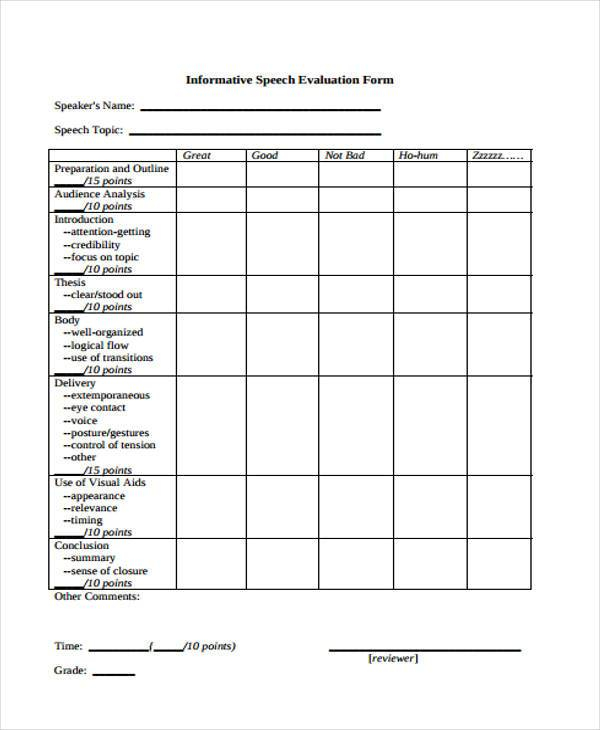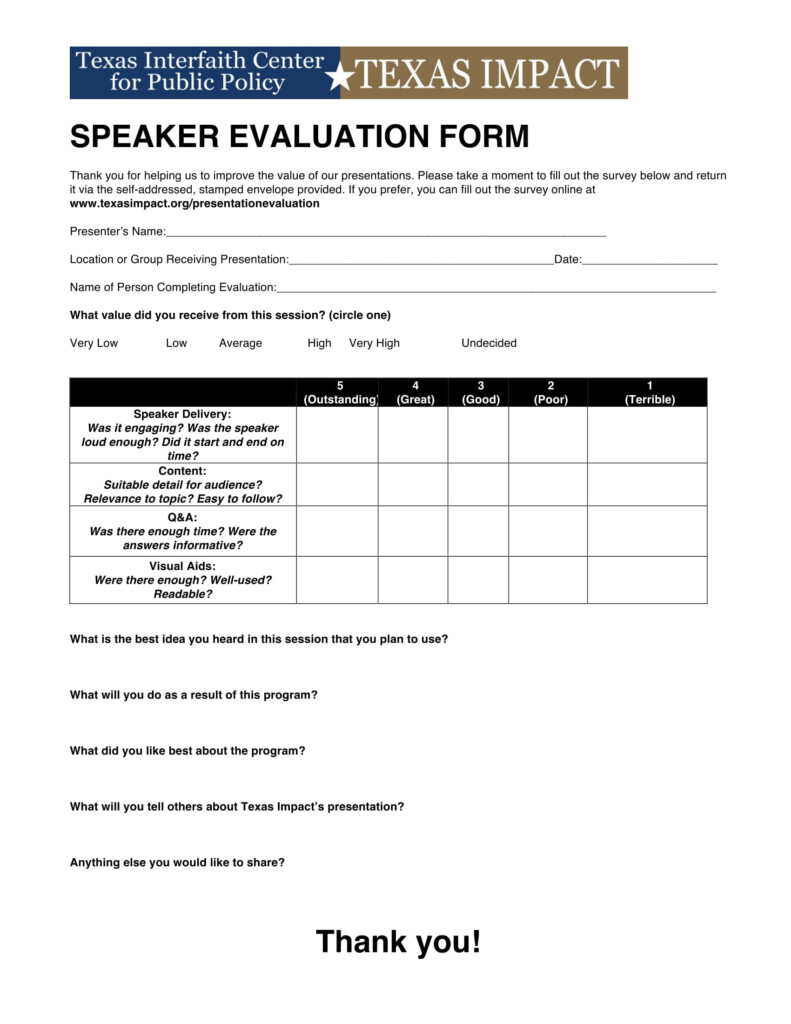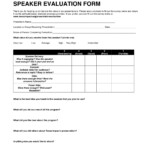Public Speaking Self Evaluation Form – Self-evaluation for employees. This form allows your boss to gather important information and offer important feedback. It could be helpful in determining your job satisfaction as well as how your workplace is run, or other vital aspects.
Template for employee self-evaluationEmployees can assess their performance with respect to organizational objectives using self-assessment questionnaires. This type of assessment provides constant improvement and highlights areas of strength and weaknesses. Nine editable squares on the form can be used to record a variety of achievements.
Self-assessment surveys are a great method to keep your employees satisfied and happy. They will be able to identify patterns and decide which areas require more focus. Self-evaluation will help you determine areas of weakness in your skills and decide how to improve these.
The correct questions you can ask your employees are vital. Find out about their goals, accomplishments, and aspirations for the future. Depending on the results of your analysis Also, ask about their career goals aspirations, professional goals and how they learn.
Use an employee self-assessment template to maximize the benefits of this method. The consistency between departments and teams may be achieved by using a single template. This will also save your managers time.
The self-assessment template allows you to evaluate your performance in relation to your objectives and the work requirements. When you’re done, you’ll receive an evaluation of your performance.
Your abilities will be assessed more thoroughly if you’re a high-potential worker. Additionally, you’ll have an opportunity to assess your leadership, behavior and social skills.
Unsatisfaction with an employee’s position or with the manner in which a specific department is handled can lead to a decrease in morale and productivity. Employees who are happy will not be as productive as their colleagues. There are numerous options and tools that could be utilized to lessen stress. One of them is the gadget called Voice of the Employee, which lets employees anonymously voice their grievances.
There are a variety of methods that can be used to determine whether your crew members are content. Regular surveys and unofficial polls are among the most effective methods. Experts can also be helpful by meeting one-on-1 with your employee. A more open communication technique could be required if your employee is really dissatisfied with their job. Good employers are always willing and open to communicating with their employees.
The quality of their work is one of the key factors that determine the happiness of employees. Unorganized teams, or a poorly-trained manager, can result in low productivity and less satisfaction with the job. This sad circumstance can be avoided by selecting the best candidates for the correct positions.
How to offer constructive critique to your boss. It’s important that you are capable of giving your boss feedback in a thoughtful manner. Inadequate or constructive feedback won’t aid.
The power of constructive criticism is something you might appreciate. This might be a terrific way to motivate your employees to increase their performance and to create a more pleasant workplace.
Making your message concise and clear when giving feedback is the most effective method. Be sure that your message is future-focused rather than past-oriented.
In addition to the obvious, make sure to express your critique in a non-threatening and respectful manner. Negative criticism can be mistakenly interpreted. For instance, an employee might think you’re simply expressing your opinion. Instead, focus on their strengths and areas to improve.
You can give feedback in real time, which can help ensure that the feedback is efficient. This lets you ask questions or get clarification. It also allows you to assess the response of your recipient more precisely.
When giving feedback to your boss, you could focus on the most significant and pertinent accomplishment. In order to reach this goal, it’s crucial to think about the benefits your boss stands to benefit or lose from the interaction.


